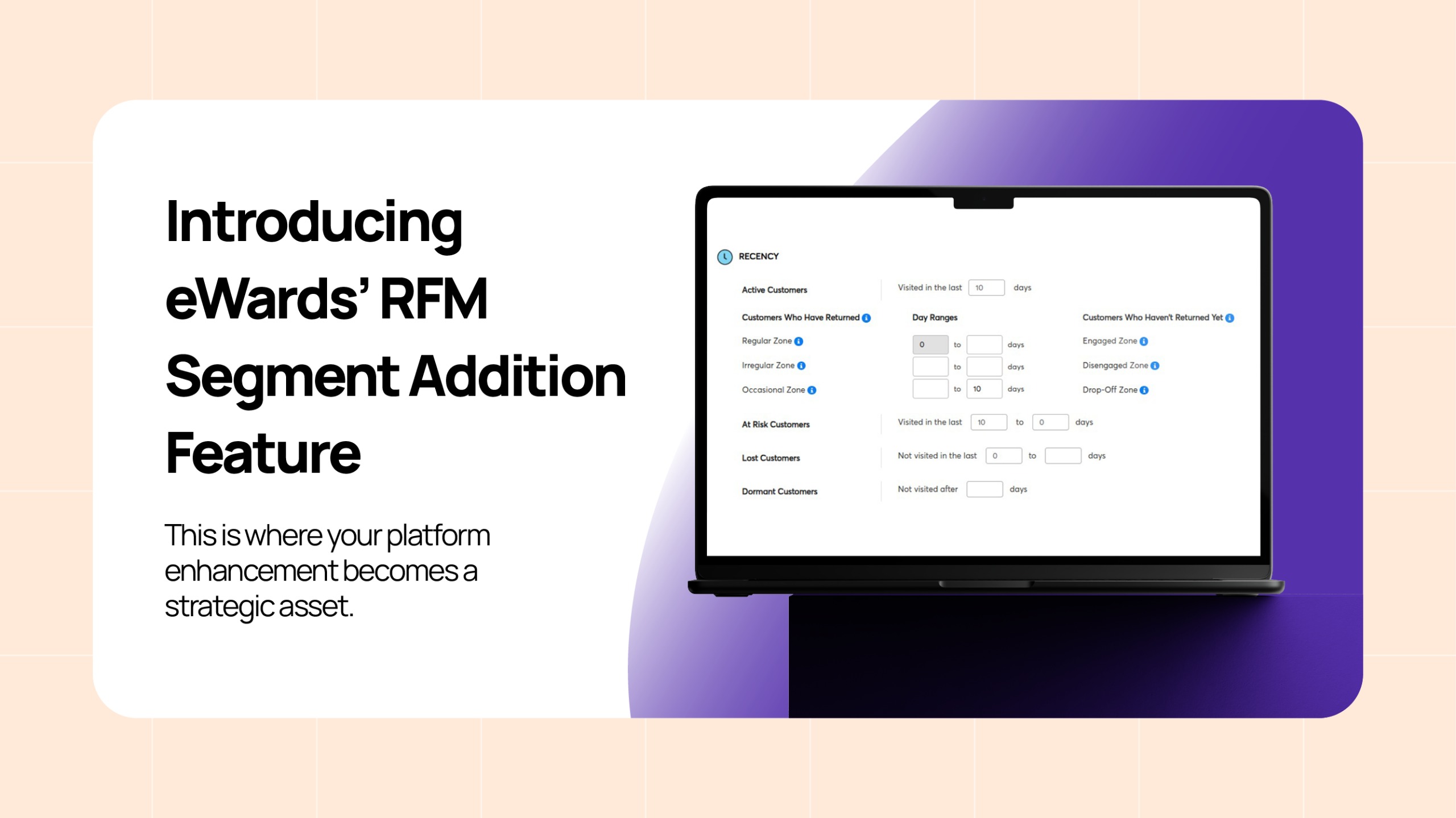As marketers, we often put all our focus on customer acquisition. The excitement of growing your customer base is real, but in the rush to bring in new faces, many businesses overlook a valuable asset: dormant customers. These are the customers who have interacted with your brand in the past but have since become inactive. While they may seem like they’ve moved on, they represent an untapped opportunity for re-engagement and growth.
Re-engaging dormant customers isn’t about offering a generic discount or sending out blanket promotions. It’s about understanding why they became dormant, empathizing with their needs, and crafting hyper-targeted strategies to bring them back. By utilizing the right tools and tactics, brands can reignite interest in their products and turn these dormant customers into loyal advocates.
The Value of Dormant Customers
First, let’s understand the business case for focusing on dormant customers.
- It’s widely cited that acquiring new customers can cost 3–10 times more than retaining or re‑engaging existing ones.
- One study indicates that a mere 5% increase in customer retention (which includes re‑engagement of dormant customers) can lead to a 25% to 95% increase in profits.
- In e‑commerce specifically, a common guideline is that brands doing well should aim for a reactivation rate of around 10–15% for dormant customers targeted in campaigns.
What this means: You already have customers in your database who know your brand, have made purchases, and have expressed interest. Instead of starting from scratch, you tap into that familiarity and shorten the path to purchase. For your clients, that’s gold.
Why Customers Become Dormant
It’s essential to get empathetic here: these aren’t “bad” customers; they’re customers whose journey with you drifted. Some common reasons:
- Their needs evolved and your product/offerings didn’t keep pace.
- They had a sub‑par experience and shifted to a competitor.
- They weren’t reminded of your value or the communication became stale or irrelevant.
- Life situations changed (e.g., moved city, changed job, changed habits).
Remember: empathy matters. When you approach your dormant segment, you’re acknowledging they left for some reason and you’re saying: “We see you. We understand. We’d love to serve you again.”
Best Practices for Re‑engaging Dormant Customers

Now let’s put strategy into action aligned with segmentation and targeted features.
- Personalize your communication
Leverage CRM data: last purchase, category, channel used, frequency. The more personalized you can get, the better response you’ll see.
Example: Rather than “We miss you”, try: “Hi [Name], you used to love our bestseller [Product]. We’ve just launched its new version.”
- Offer meaningful value beyond the discount
While a discount helps, what’s more important is showing you’ve listened: “Because you haven’t been here for 120 days, we’d like to invite you back with an exclusive preview + 10% loyalty credit.”
Research shows that targeted reactivation campaigns can boost conversion and improved ROI.
- Timing matters
As soon as someone moves into the “Dormant” segment (e.g., 90 + days without purchase) is the moment to reach out. The longer you wait, the harder the re‑engagement. According to one source, most re‑activation opportunities happen earlier rather than very late out of engagement.
- Use multi‑channel outreach
Email, SMS, push notifications, even social media whichever channel the customer responds to. Ensure the message is consistent across channels and tailored to the segment.
For older customers (e.g., in retail jewellery), SMS might work better; for younger or digital‑native ones, a push notification or app message might be ideal.
- Segment the inactive group precisely
With your new feature you can define “Dormant” more precisely (e.g., no purchase in last 120 days and no open/click in last 90 days). Then within “Active” you can separate “Drop‑off” (used to buy often, now declining) vs “Regular” vs “Engaged”. That lets you craft different messages:
- For “Drop‑off”: “We noticed you’ve slowed down – here’s what’s new.”
- For “Dormant”: “Let’s reconnect – we miss you + here’s what’s changed.”
- Measure, iterate & optimize
Track key metrics:
- Reactivation rate (percentage of dormant customers who purchase again)
- Cost of re‑acquiring/re‑engaging vs cost of new acquisition.
- Customer lifetime value (CLV) after re‑engagement.
- Segments with highest success – allocate more budget to them. Use the data to refine the day‑range definitions, messages, offers, channels
The Long-term Benefits of Reactivating Dormant Customers
Re-engaging dormant customers doesn’t just drive immediate sales, it also helps build long-term loyalty and brand advocacy. Once re-engaged, dormant customers can become some of your most loyal and passionate supporters. They know your brand, they trust you, and they’re often more likely to refer your business to others.
By effectively reactivating dormant customers, you not only increase their lifetime value but also enhance your brand’s reputation and visibility. This is a win-win scenario for your business.
Introducing eWards’ RFM Segment Addition Feature

This is where your platform enhancement becomes a strategic asset.
What’s new:
- A new segment: Dormant Customers under the Recency pillar of your RFM (Recency, Frequency, Monetary) model.
- Micro‑segments within Active Customers: e.g., Regular, Irregular, Engaged, Drop‑off.
- The ability for merchants to custom‑define day ranges for each segment directly from the dashboard (for example: 0‑30 days, 31‑90 days, 91‑180 days, etc.).
How it works:
The system auto‑classifies customers into these segments based on their last visit + purchase behaviour. As transactions occur, the logic updates dynamically. This means you can continuously identify who is dormant (or becoming dormant) and act accordingly.
Why it’s needed:
With this segmentation you can:
- Plan hyper‑targeted engagement campaigns for dormant users (rather than one‑size‑fits‑all).
- Nurture regular/engaged customers differently (with loyalty, upsells, VIP programmes).
- Improve overall retention strategy by understanding behaviour patterns, segments and decline points.
Conclusion
Dormant customers represent a hidden treasure of untapped potential. Rather than focusing solely on new customer acquisition, take a moment to re-engage the customers who have already shown interest in your brand. By leveraging segmentation, personalization, and relevant incentives, you can turn dormant customers into valuable advocates who help drive long-term growth.
Re-engagement isn’t just a marketing tactic; it’s a strategic approach to retaining the relationships you’ve already built and maximizing the potential of your existing customer base. Don’t let dormant customers slip through the cracks. Embrace them, and watch your brand thrive.
